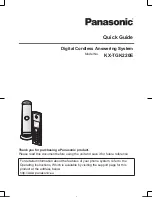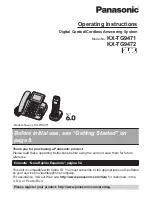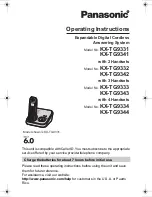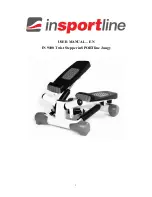
24
Needle/ Fabric/ Thread Chart
NEEDLE SIZE
FABRICS
THREAD
9-11 (70-80)
Lightweight fabrics-thin cottons, voile, silk, muslin, interlocks,
cotton knits, tricots, jerseys, crepes, woven polyester, shirt &
blouse fabrics.
Light-duty thread in cotton, nylon, polyester
or cotton wrapped polyester.
11-14 (80-90) Medium weight fabrics-cotton, satin, kettlecloth, sailcloth,
double knits, lightweight woolens.
Most threads sold are medium size and
suitable for these fabrics and needle sizes.
Use polyester threads on synthetic materials
and cotton on natural woven fabrics for best
results.
Always use the same thread on top and
bottom.
14 (90)
Medium weight fabrics-cotton duck, woolen, heavier knits,
terrycloth, denims.
16 (100)
Heavyweight fabrics-canvas, woolens, outdoor tent and
quilted fabrics, denims, upholstery material (light to medium).
18 (110)
Heavy woolen, overcoat fabrics, upholstery fabrics, some
leathers and vinyls.
Heavy duty thread.
NEEDLE, FABRIC, THREAD SELECTION GUIDE
IMPORTANT:
Match needle size to thread size and weight of fabric.
NEEDLES
EXPLANATION
TYPE OF FABRIC
SINGER
®
2020 Standard sharp needles. Sizes range
thin to large. 9 (70) to 18 (110).
Natural woven fabrics-wool, cotton, silk, etc.
Not recommended for double knits.
SINGER
®
2045 Ball point needle, scarfed. 9 (70) to
18 (110).
Natural and synthetic woven fabrics, polyester blends.
Knits-polyesters, interlocks, tricot, single and double knits. Also
sweater knits, Lycra
®
, swimsuit fabric, elastic.
SINGER
®
2032 Leather needles. 12 (80) to 18 (110).
Leather, vinyl, upholstery.
(Leaves smaller hole than standard large needle.)
Note:
1. For best sewing results always use genuine SINGER
®
needles.
2. Replace needle often (approximately every other garment) and/ or at first thread breakage or skipped stitches.
NEEDLE, FABRIC SELECTION










































